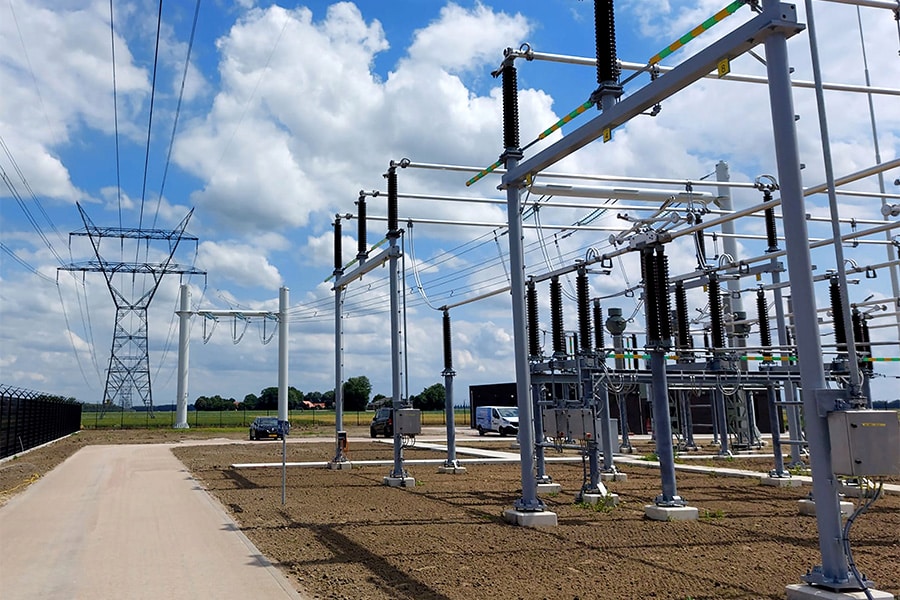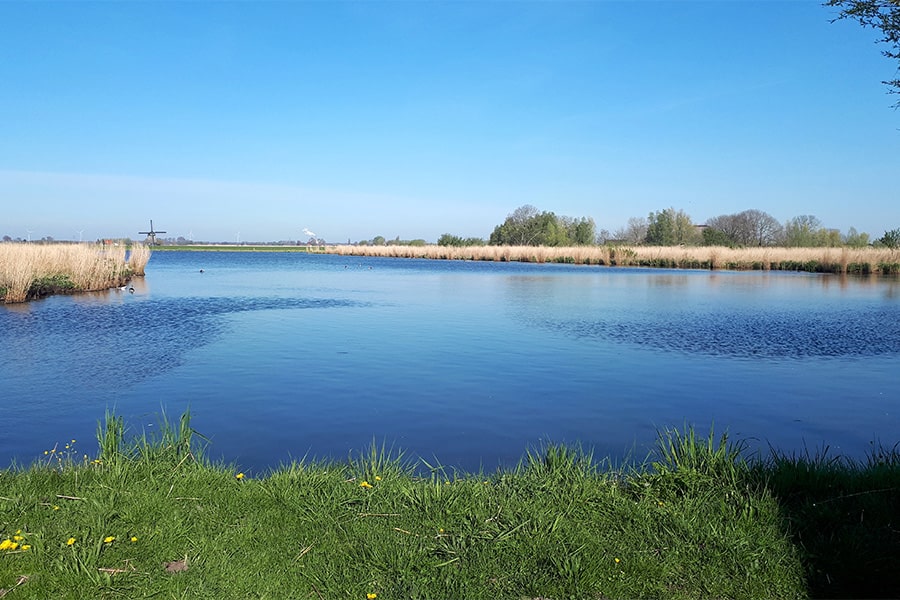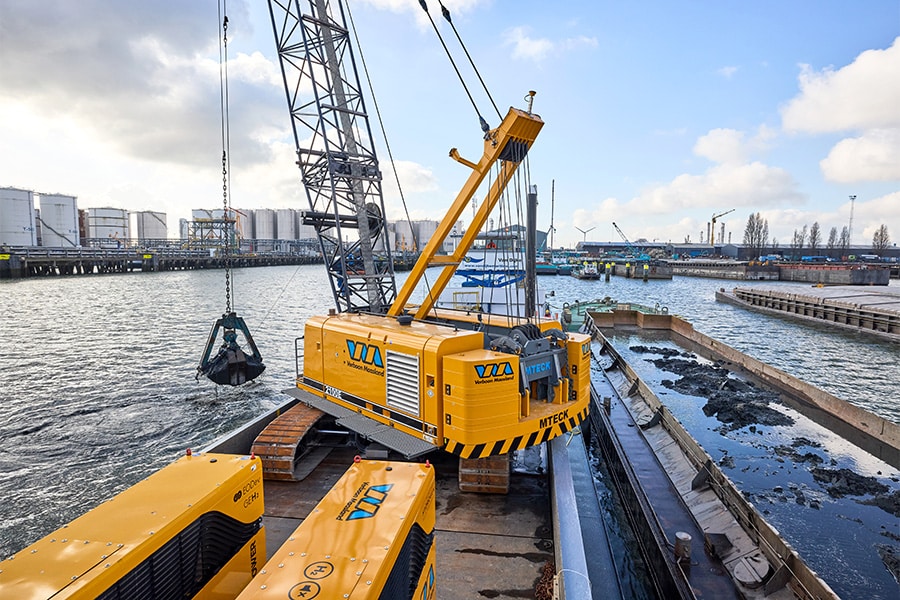
From railroad bridge to culvert construction in thoughtful manner
The railroad bridge over the Bleiswijkse Vaart canal is no more. The work of art saw the light of day in 1927, built by the NS to allow the transport of agricultural and horticultural products to pass without hindrance. A salient detail: the first railroad bridge was a drawbridge. In 2021, where the train always has the right of way, that is no longer imaginable. Later, the bridge was converted to a fixed bridge and the train no longer had to wait.

The bridge with wooden sleepers and masonry abutments has since given way to a culvert construction. Knipscheer Rail-Infra won the tender, thanks in part to a well thought-out plan that Knipscheer Rail-Infra devised together with the civil concrete construction department of Knipscheer Infrastructure. The feat in the plan: from railroad bridge to culvert construction in just one out-of-service period. Arjan Beens, company manager at Knipscheer Rail-Infra B.V., takes us on an adventure.

Only one decommissioning
"All the preparatory work of the project was done in-house," Beens opens the conversation. "For the entire project, we worked with specialized partners as much as possible and kept everything in-house. The challenge we had set ourselves was to do all the work in just one out-of-service period, instead of two. In the out-of-service period, both the old bridge was demolished and the new culvert was constructed. Before the tender, we looked at smart construction methods, which we further optimized after the tender. In practice, this meant damming the canal, draining the waterway, activating the decommissioning and removing the masonry. Then we installed vibration-free tubular piles, necessary because there are transportation lines running and there could be explosives in the ground in the area from World War II. Then came the concrete girders, on which the culvert was placed. Then we stretched and backfilled the culvert. On the concrete culvert structure, the track could be laid."

Perfect cooperation with ProRail
Such a job can only be done efficiently and quickly if the cooperation between all parties is seamless. Beens agrees, saying, "Everything was fine, including the weather. The schedule could be followed to the letter and all the cooperating partners were on the same page. An extra compliment is in order for ProRail; they too put their best foot forward in this partnership." Finally, the project was delivered on Nov. 4, 2020, to complete satisfaction. Looking back, Beens says, "This was not such a big project in terms of size, but in terms of complexity it was a big job. Enormous expertise rolled out on the square meter. The work area was like a postage stamp... about 150 m2. Then there were the challenges of cables and pipes present, of large transmission lines, soft ground and possible explosives present. It all worked out anyway. Nice work, in other words."

You can't split yourself in two. Or can you?
The clout and organizational strength of Knipscheer as an organization is great. This is evidenced by the fact that Knipscheer Rail-Infra worked simultaneously at Zoetermeer East station while working on the culvert construction. "A stone's throw away from the culvert project, we were simultaneously working on the renewal of the retaining walls and street work at Zoetermeer Oost station. Half of the station there has been renewed. We are proud of that. It shows that we can do our work in several places at the same time with full commitment and maximum efficiency. You can't split yourself in two, as the saying goes. That's true, but it works when you have a large number of motivated and skilled colleagues on the team."



